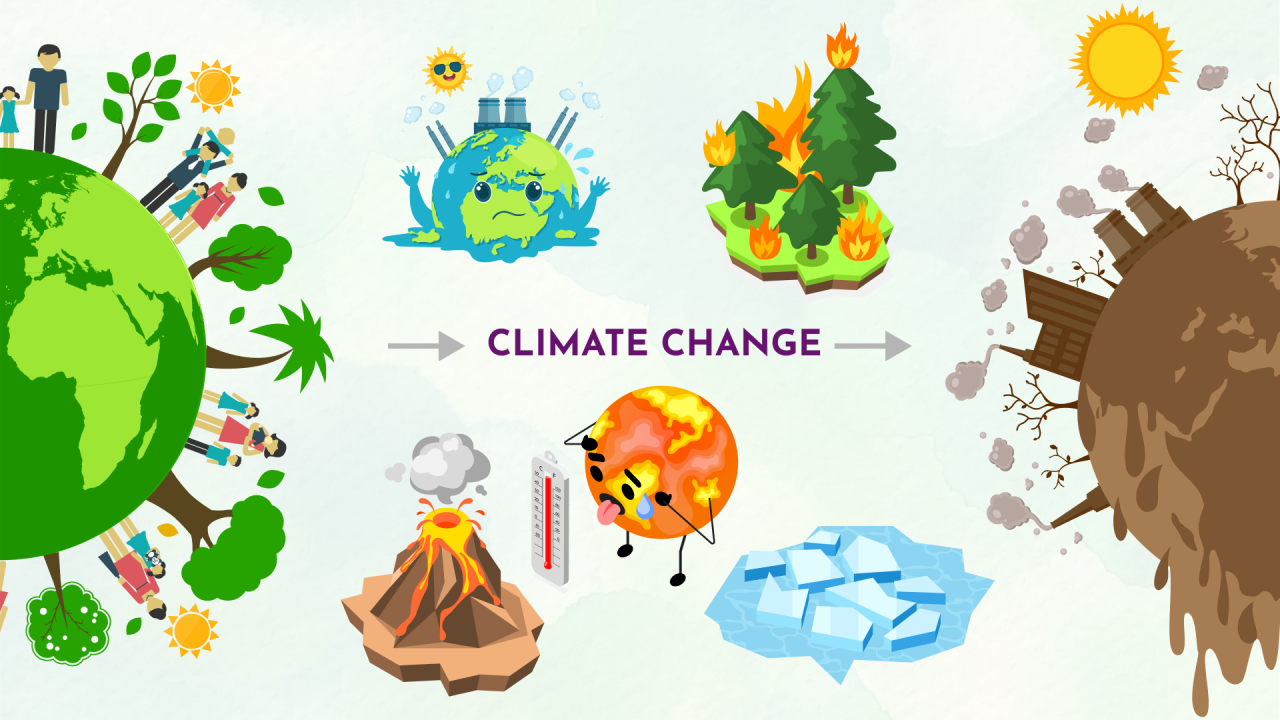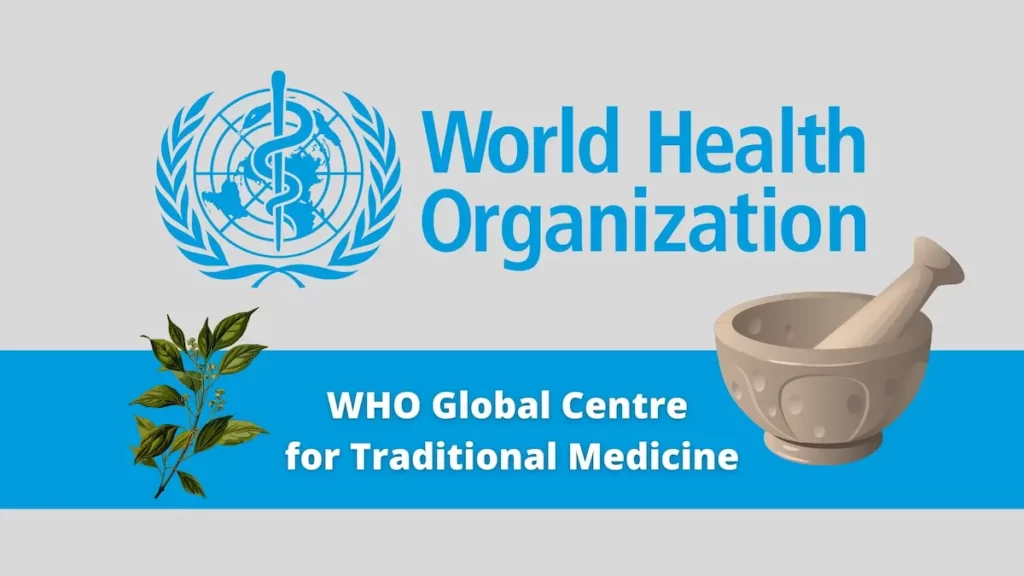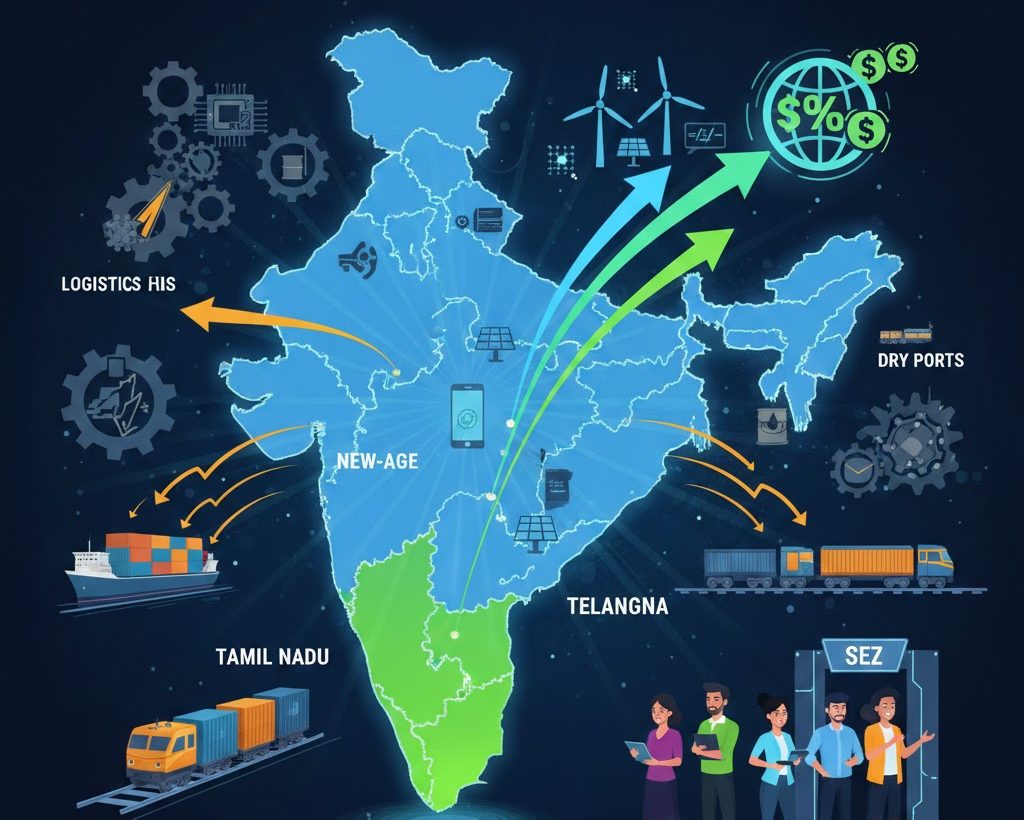Font size:
Print
Revised Dairy Schemes: Boosting India’s Dairy Infrastructure and Rural Economy
Context:
The Union Cabinet, chaired by Prime Minister Narendra Modi, has approved the Revised Rashtriya Gokul Mission (RGM) and the Revised National Programme for Dairy Development (NPDD). The total outlay for these schemes is ₹26,190 crore.
Revised Rashtriya Gokul Mission (RGM)
- Additional allocation of ₹1,000 crore, bringing the total budget to ₹23,400 crore for the 15th Finance Commission cycle (2021-26).
- Focuses on genetic improvement of indigenous cattle and buffalo breeds.
- Promotes scientific breeding techniques, including embryo transfer and artificial insemination.
- Supports the conservation of indigenous breeds through Gokul Grams and breed improvement programs.
- Strengthens cattle and buffalo development in remote and backward areas.
Revised National Programme for Dairy Development (NPDD)
- Additional allocation of ₹1,000 crore, increasing the total budget to ₹2,790 crore.
- Focuses on modernising and expanding dairy infrastructure.
- Enhances milk procurement capacity, processing, and value addition.
- Strengthens supply chains to ensure better market access for farmers.
- Aims to improve quality testing facilities for better milk safety standards.
Key Components of NPDD
- Component A: Infrastructure Development
-
- Development of milk chilling plants, bulk milk coolers, and certification systems.
- Establishment of advanced milk testing laboratories to ensure quality control.
- Strengthening of village dairy cooperative societies to enhance milk collection.
- Focus on improving dairy infrastructure in the North Eastern Region (NER), hilly areas, and Union Territories (UTs).
- Formation of 10,000 new dairy cooperatives in the Northeast.
- Establishment of two Milk Producer Companies (MPCs) with dedicated grant support.
- Component B: Dairying through Cooperatives (DTC)
-
- Focuses on sustainable dairy development through cooperation with Japan and the Japan International Cooperation Agency (JICA).
- Targets improvement in dairy production, processing, and marketing infrastructure in nine states: Andhra Pradesh, Bihar, Madhya Pradesh, Punjab, Rajasthan, Telangana, Uttarakhand, Uttar Pradesh, and West Bengal.
Socio-Economic Impact of NPDD
- Benefited over 18.74 lakh farmers, increasing their incomes and market access.
- Created over 30,000 direct and indirect jobs in the dairy sector.
- Increased milk procurement capacity by 100.95 lakh litres per day.
- Strengthened 51,777 village-level milk testing laboratories.
- Installed 5,123 bulk milk coolers with a total capacity of 123.33 lakh litres.
- Equipped 169 laboratories with Fourier Transform Infrared (FTIR) milk analysers.
- Upgraded 232 dairy plants with advanced adulteration detection systems.
Government’s Strategy for Dairy Sector Growth
- The Cabinet has approved a new urea plant in Assam with an estimated cost of ₹10,601.4 crore to reduce import dependency and ensure affordable crop nutrients for dairy feed production.
- Increased collaboration with international agencies like JICA for knowledge-sharing and financial assistance.
- Promotion of dairy cooperatives and farmer-producer organisations (FPOs) to improve collective bargaining power and efficiency.
-
- Expected to generate an additional 3.2 lakh employment opportunities, particularly benefiting women, who constitute 70% of the dairy workforce.
- Role in White Revolution 2.0
-
- The revised NPDD aligns with White Revolution 2.0, which focuses on self-sufficiency in dairy production.
- Strengthens rural livelihoods by providing technological support, financial assistance, and market linkages.
- Encourages value addition in dairy products to boost farmer incomes.
- Enhances export potential by improving milk quality and processing standards.
Challenges
- Infrastructure gaps in remote areas.
- High fodder costs impacting profitability.
- Milk adulteration and quality concerns.
- Climate change effects on milk production and cattle health.


